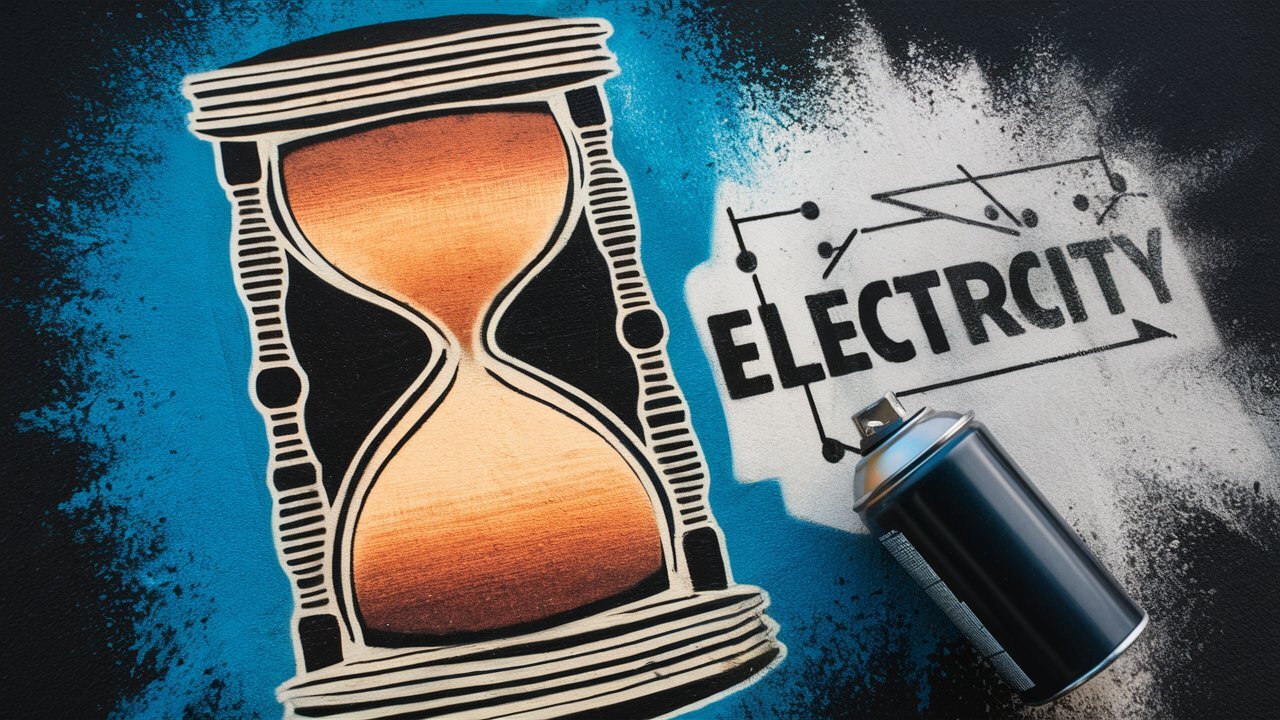Traditionally, thermoelectric materials, which convert heat into electricity, have been optimized based on their inherent properties. But new research led by Professors Jae Sung Song and Sania LeBlanc shows that changing the geometry of a material can significantly increase its efficiency. The team created a variety of shapes using geometric design and 3D printing techniques and found that the hourglass configuration consistently outperformed cuboid and other geometries in energy production.
The study, published in the journal Nature Energy, highlights that the hourglass shape reduces thermal conductivity and increases the thermoelectric efficiency (ZT) index to 2.0, the highest value ever achieved using 3D printing. The scientists write that this innovation not only optimizes the conversion of heat into electricity, but also paves the way for wider sustainable energy applications, including thermoelectric cooling.
Source: Ferra
I am a professional journalist and content creator with extensive experience writing for news websites. I currently work as an author at Gadget Onus, where I specialize in covering hot news topics. My written pieces have been published on some of the biggest media outlets around the world, including The Guardian and BBC News.












